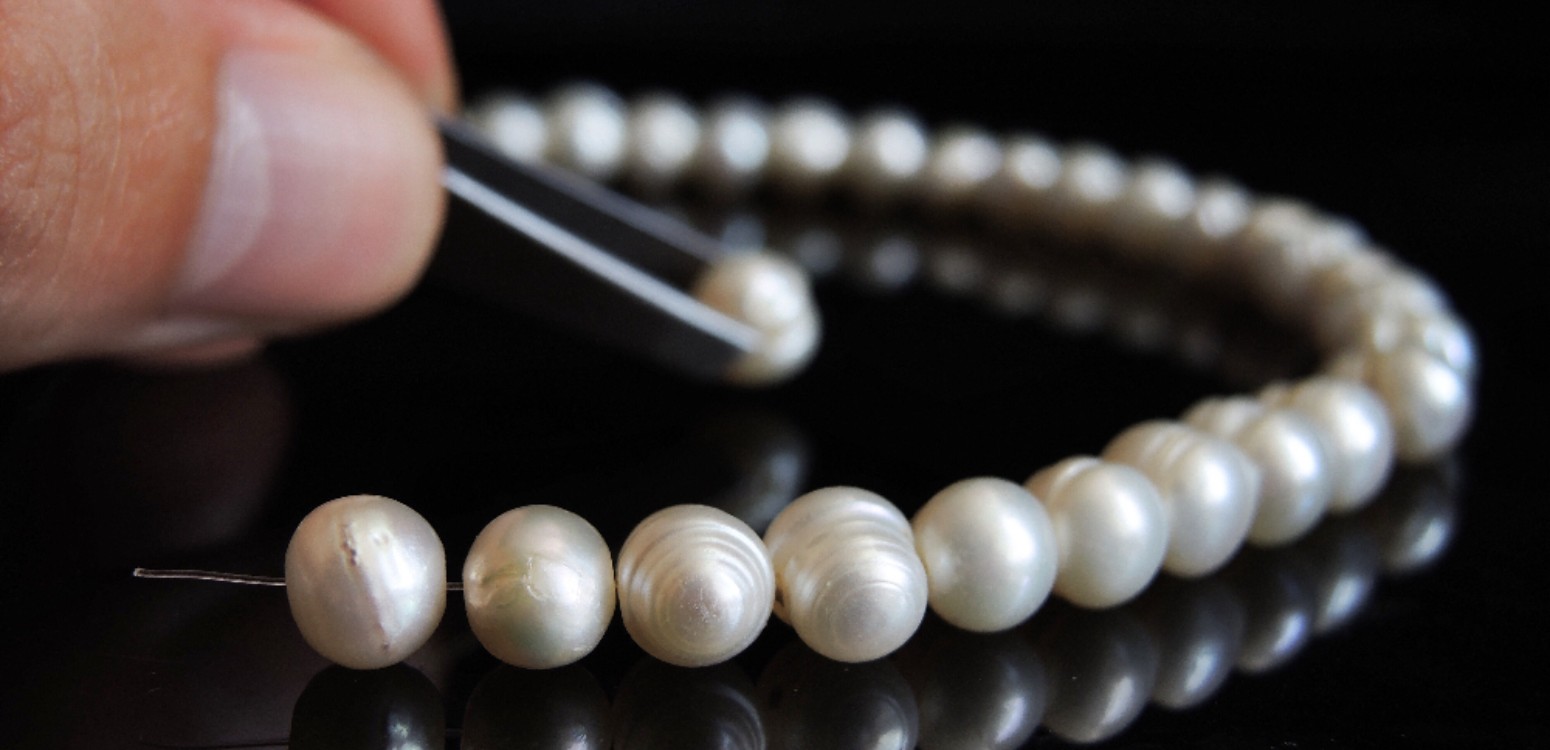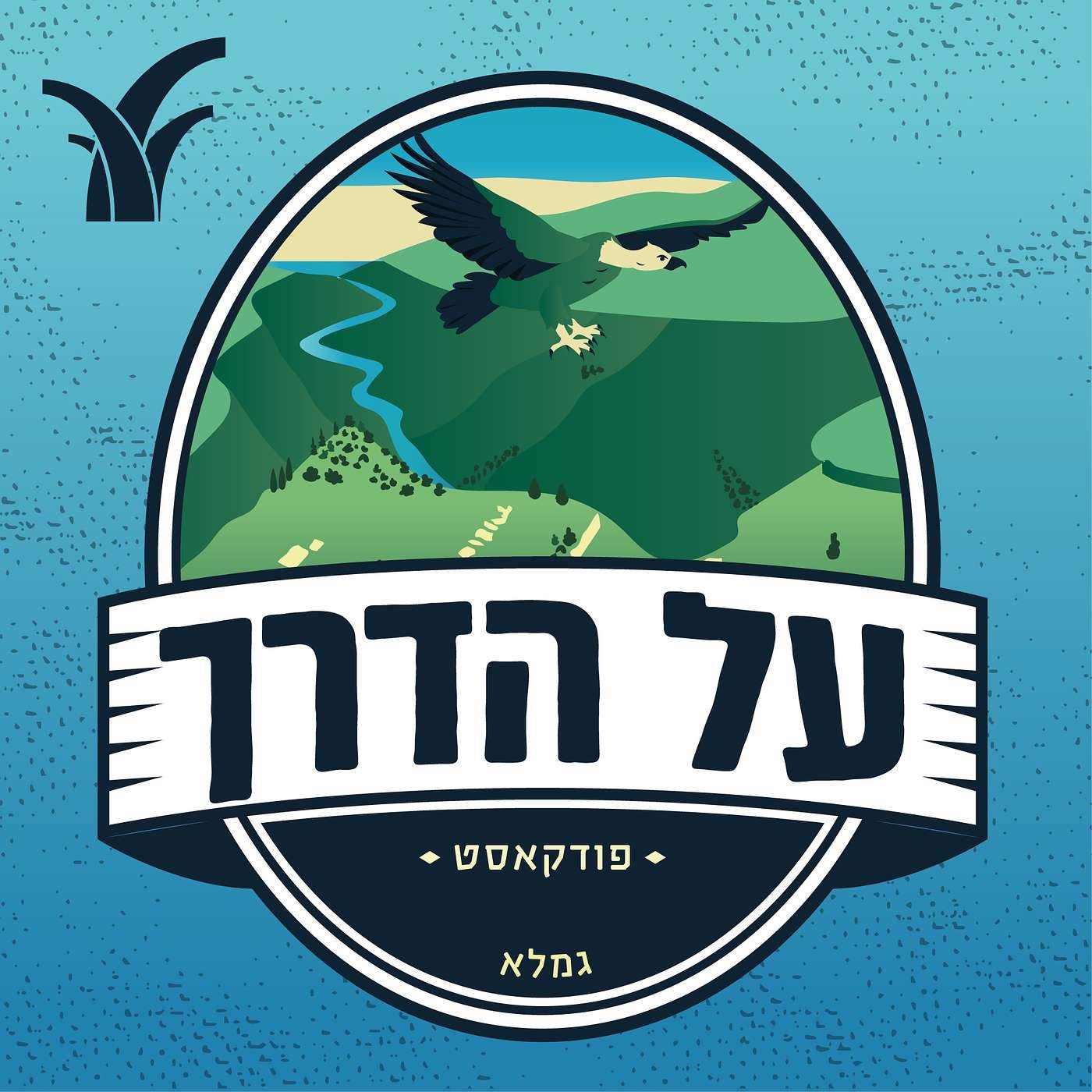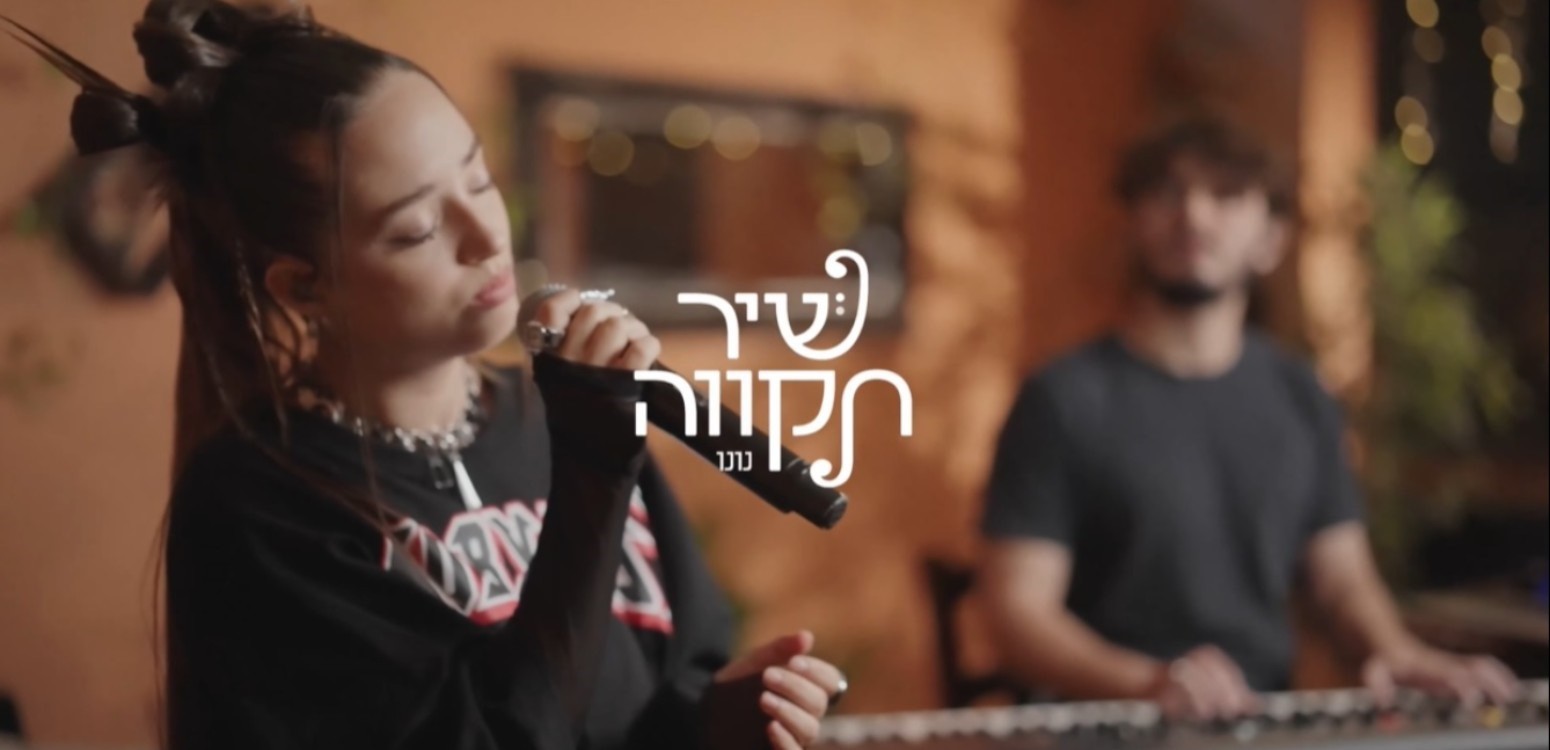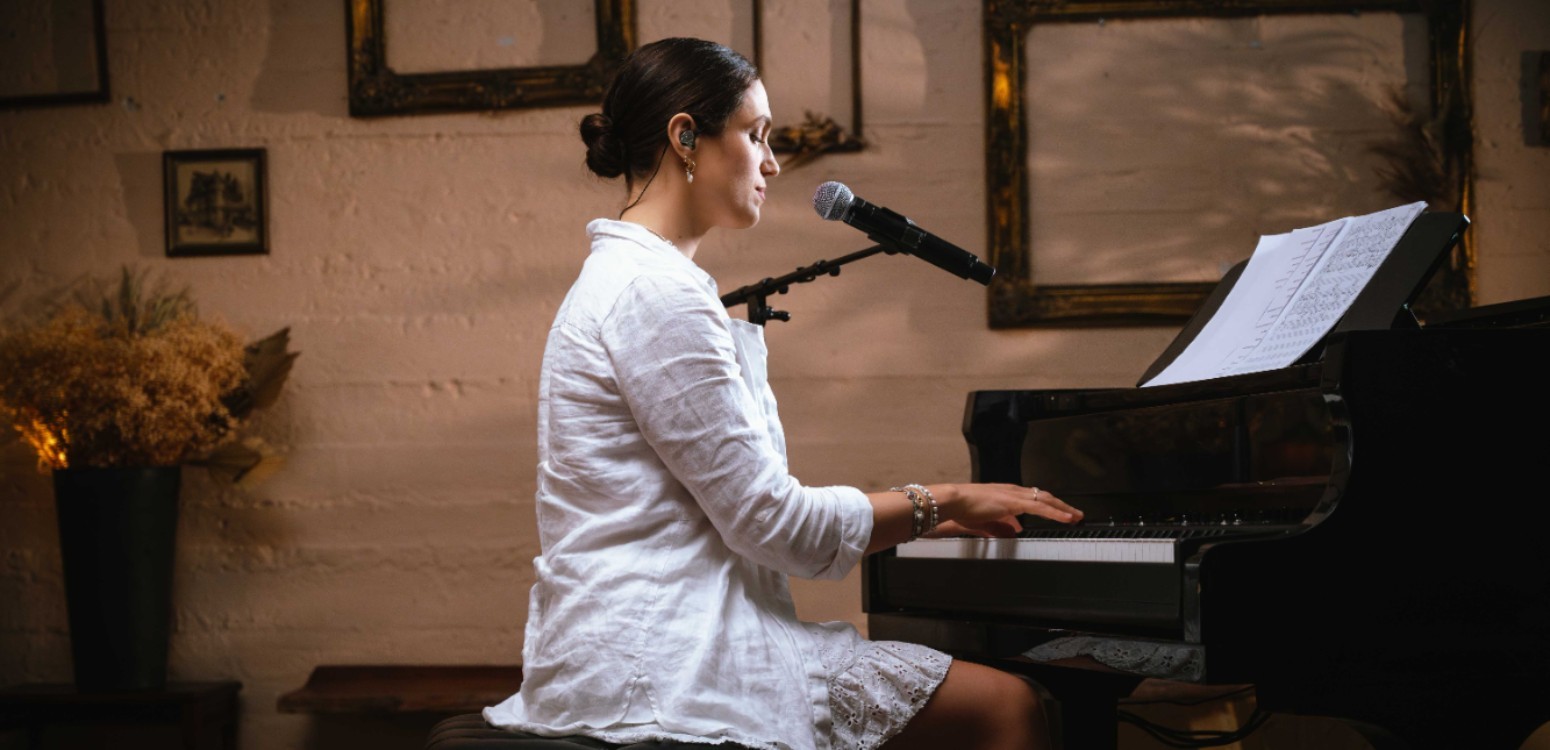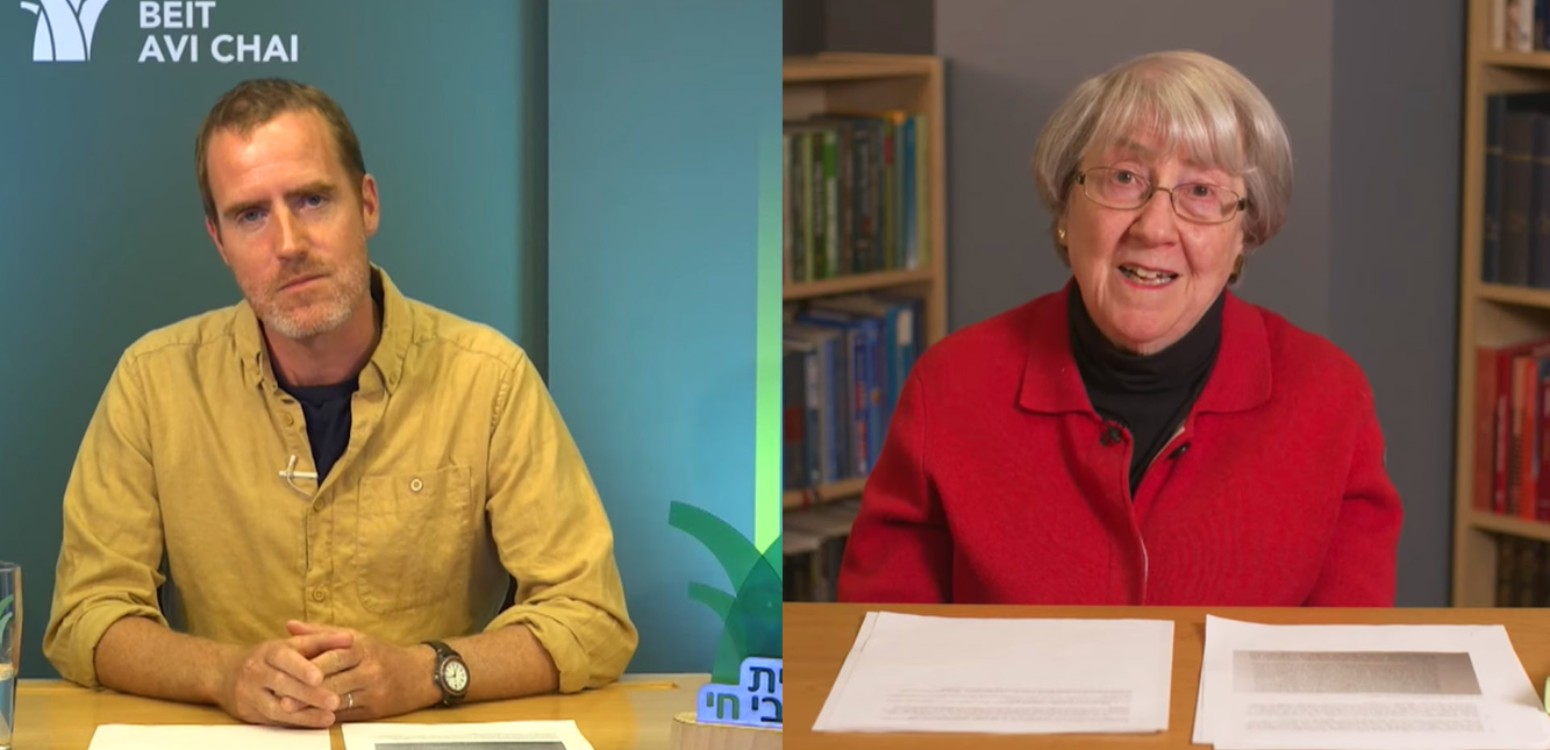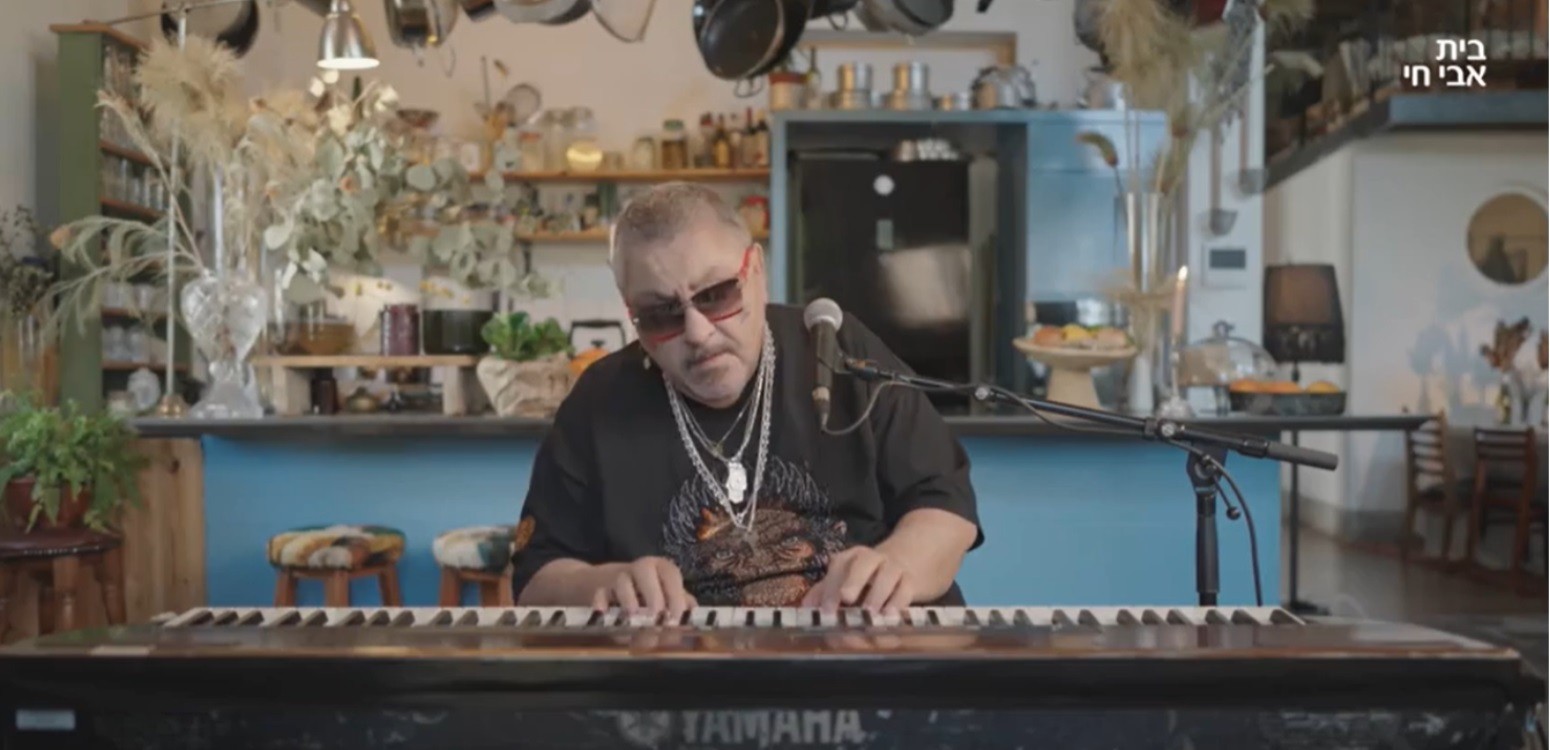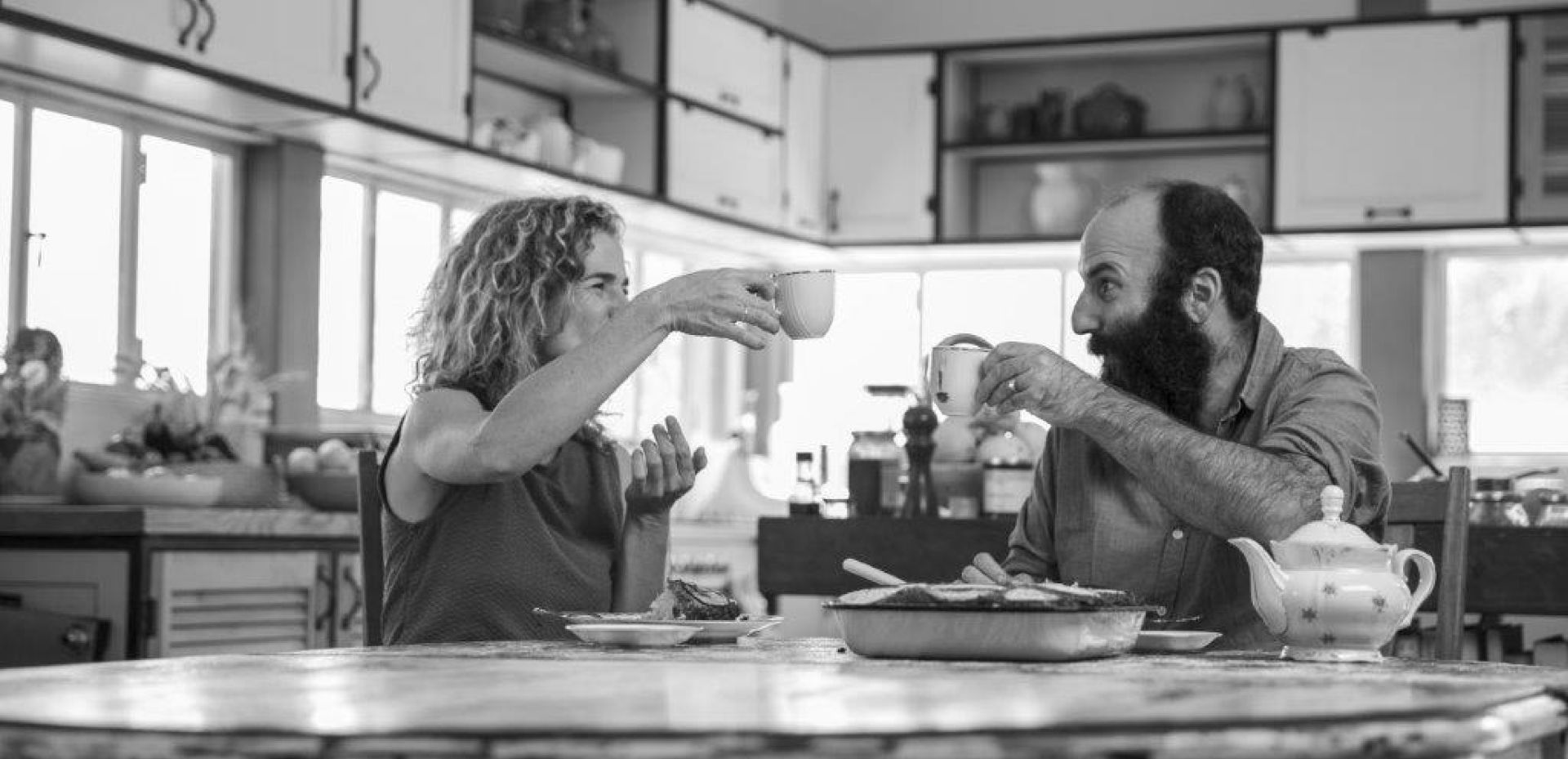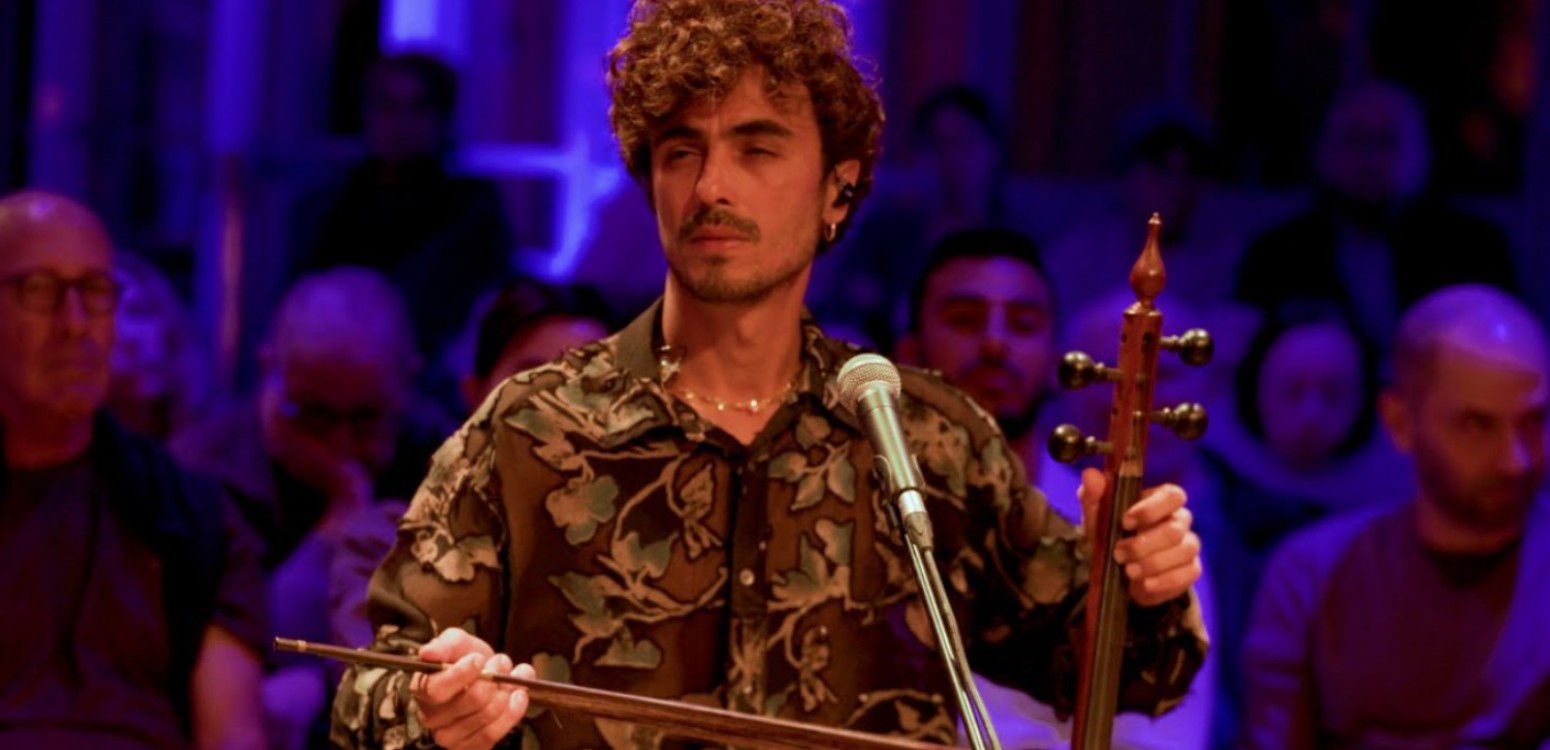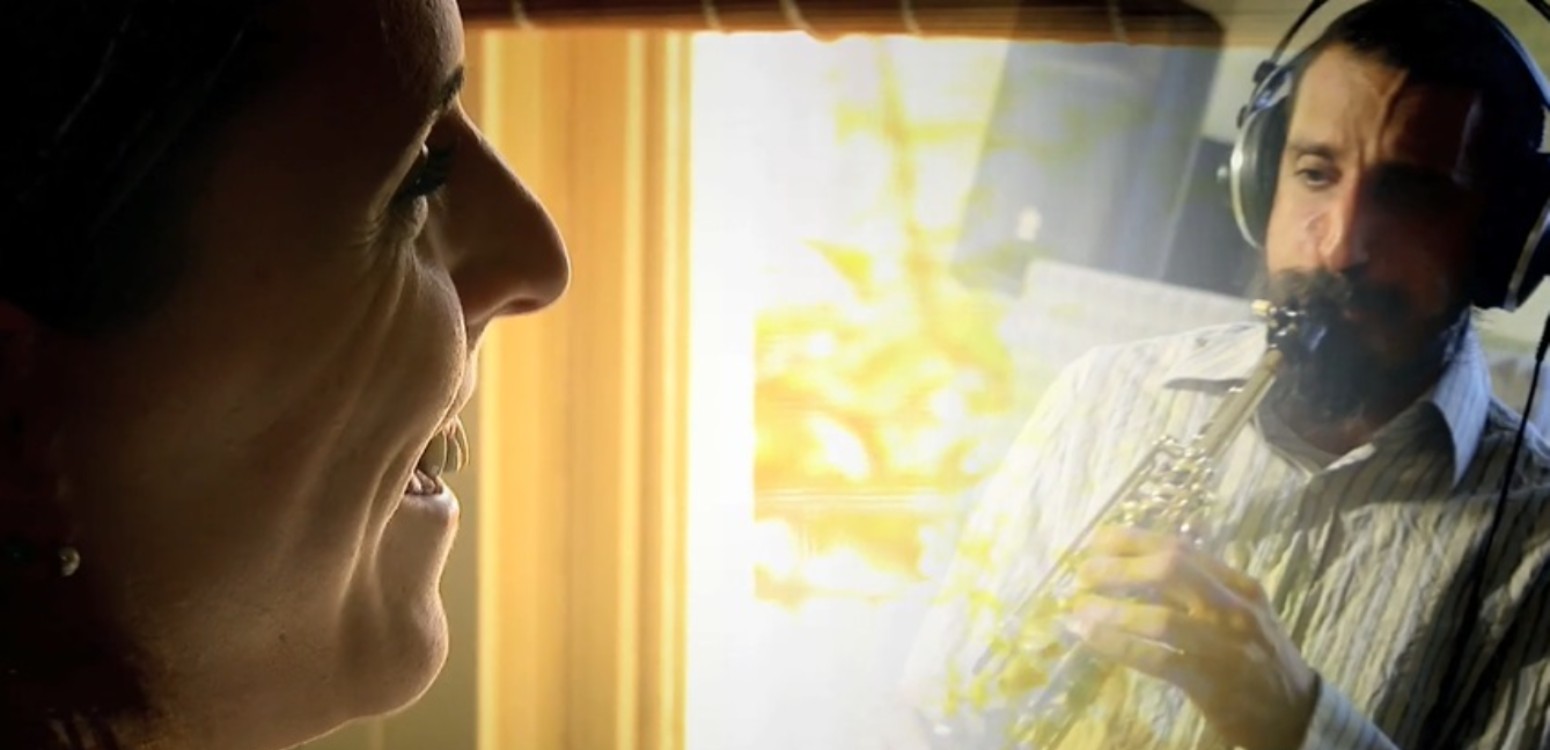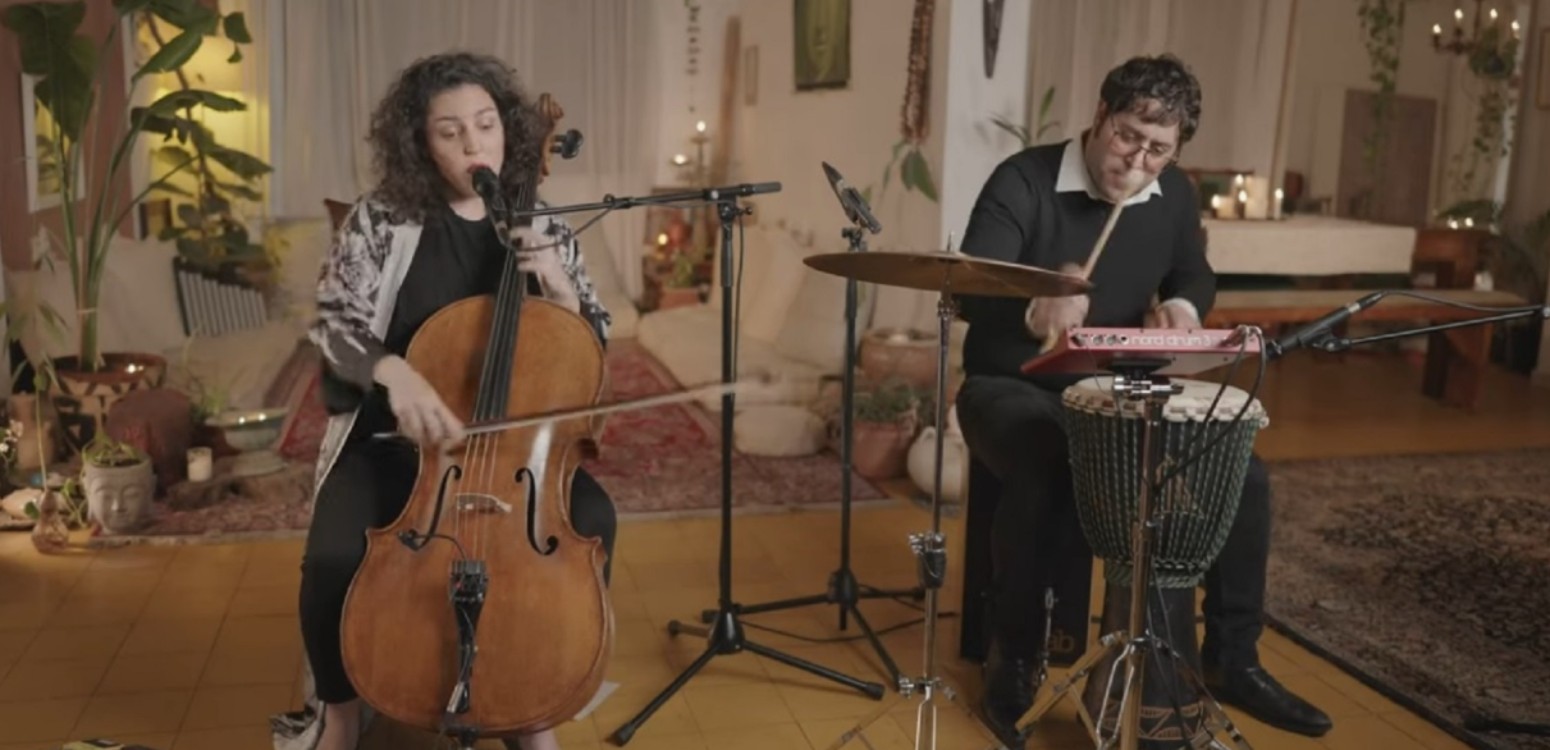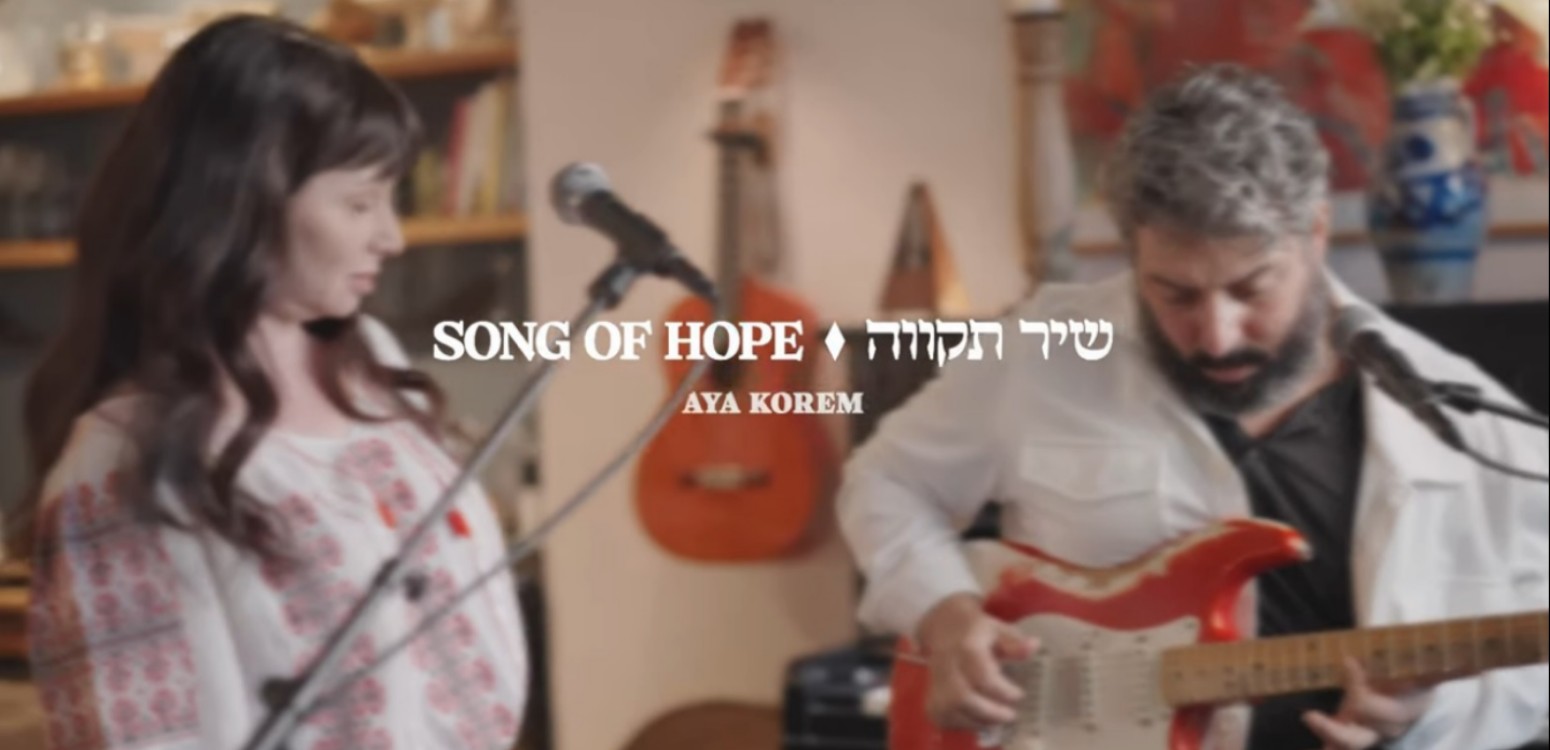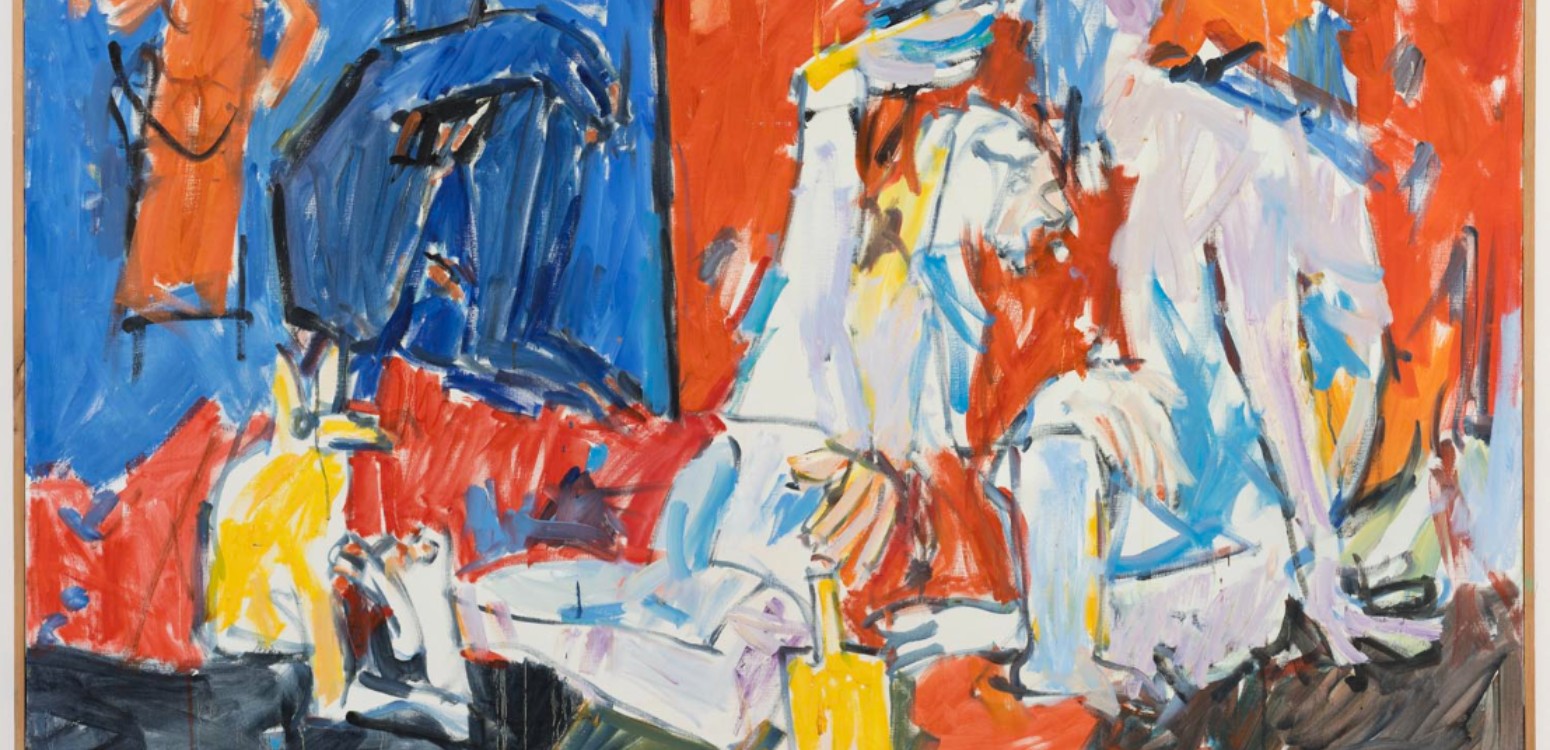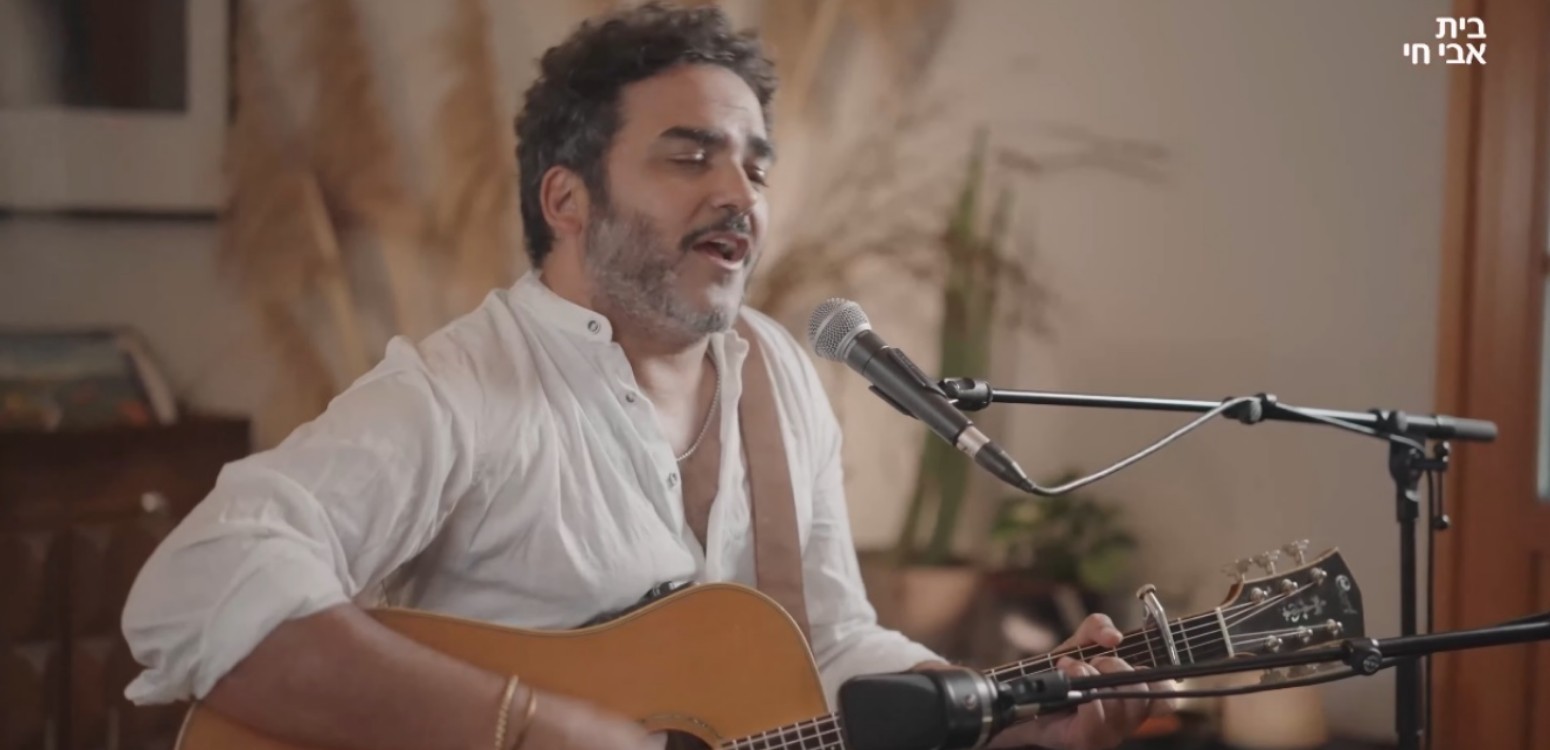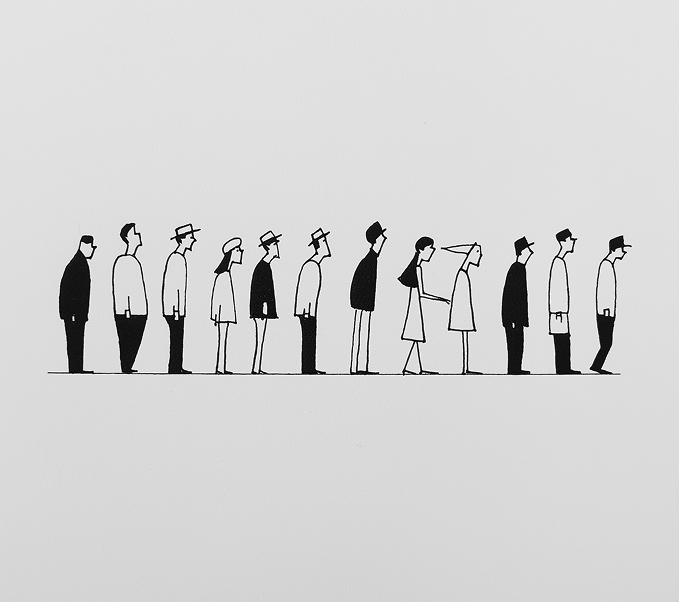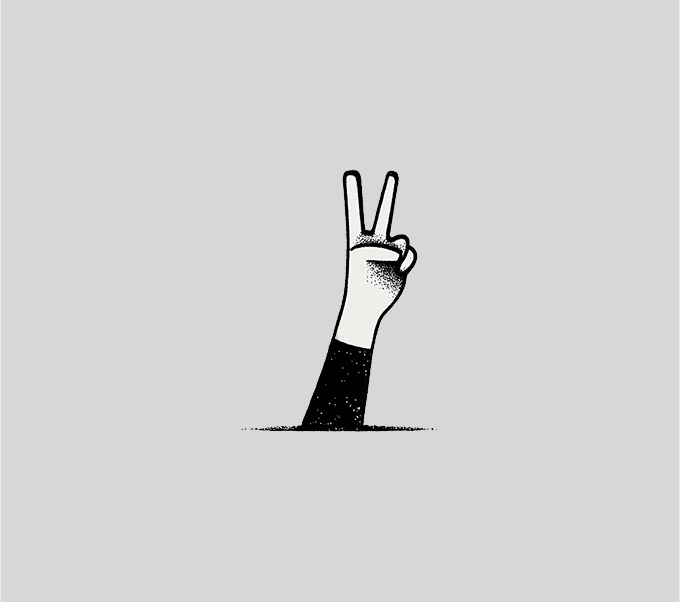Where did the name Rosh Hashanah first appear? Why was it once celebrated for only a single day? Should it be observed with joyful celebration or with concern for the Day of Judgment? When did the custom of dipping apples in honey begin? Ten facts about the first holiday of the Jewish year
1. You may be surprised to learn that the name Rosh Hashanah does not appear anywhere in the Torah. In the biblical sources, it is called Yom Teruah (“Day of Cheering” or “Day of Blasting”) or Zikhron Teruah (“Remembrance of Cheering” or “Blasting”). So where does the familiar name come from? From the writings of the Sages. There the day is explicitly called Rosh Hashanah.
2. Why does Rosh Hashanah last for two days unlike other festivals that, in Israel, last only one? In ancient times, there were no fixed calendars. The new month was declared by the witnesses who testified before the court in Jerusalem. Because communication was primitive (for example, signal fires lit on mountaintops), Jews outside Jerusalem often didn’t know exactly when the first of Tishrei began. Out of doubt, they observed the holiday for two days.
3. Ironically, because witnesses always arrived in Jerusalem on the first day, in Jerusalem itself Rosh Hashanah was celebrated for only one day, while everywhere else it lasted two. After the Jewish people adopted a fixed calendar, the question arose: should the holiday still be two days long? For a time, people in the Land of Israel returned to a one-day observance, until Rabbi Isaac Alfasi (known as the Rif, 1013–1103) ruled that the two-day tradition should remain in place for various reasons.
4. One of the central aspects of Rosh Hashanah is proclaiming God as King over the world. That is why the day is marked with blasts of the shofar, festive dress, and prayers that emphasize humanity’s relationship with God. According to most traditions, the first human being was created on the 25 of Elul, but another view in the Talmud holds that creation occurred on the 1 of Tishrei – making Rosh Hashanah the very first day of God’s kingship over humanity.
5. Beyond God’s kingship, the central theme of Rosh Hashanah is judgment. On this day, God judges all people – Jew and non-Jew alike – according to their deeds of the past year.
6. Between Rosh Hashanah – the day of judgment – and Yom Kippur – the sealing of the decree – are the Ten Days of Repentance. During this period a person can still mend what was broken in the past year. The scriptures add that repentance during these days has special power. For example, if someone committed a particular sin, and on the Monday of the Ten Days they make sincere amends for it, all the Mondays of the past year connected to that sin are atoned for – provided the repentance is genuine and lasting.
7. One of the main mitzvot of Rosh Hashanah is sounding the shofar. There are three basic sounds: tekiah (a long blast), shevarim (three sob-like notes), and teruah (a rapid series of short blasts). The reasons behind the tradition of the shofar are many: to crown God as King (as kings are greeted with trumpets), to awaken the heart to repentance, to recall the revelation at Sinai (which was accompanied by shofar blasts), and on a more mystical level – to confuse Satan.
8. Another central custom is Tashlich. On the first day of Rosh Hashanah, people go to a natural body of water (or, if none is nearby, even to a large basin of water) and recite a special prayer asking God to cast our sins into the depths of the sea. Some shake out the corners of their garments as a symbol of casting off sins. If one cannot perform Tashlich on Rosh Hashanah itself, it can be done anytime until the last day of Sukkot.
9. In case you were wondering – eating apple dipped in honey doesn’t appear in the Torah. It is a beautiful custom that appeared only at the end of the medieval period. Around that time, eating pomegranates and fish was also first mentioned. Later, honey cakes joined the menu. Alongside the recommended foods, tradition (not Halakha) also warns against certain foods on Rosh Hashanah, such as sour, bitter or spicy dishes, and even nuts. They symbolize a difficult year, or are a reminder of sins, so it’s better to eat sweet foods, to symbolize a sweet year. And one more custom: try not to nap during the day, since “whoever sleeps on Rosh Hashanah, his fortune sleeps.” If you must, wait until after midday.
10. Finally, one practice may not be in the Halakha, but we follow it almost religiously: greeting one another with blessings for the new year: L’shanah tovah tikatev v’tikhateim (“May you be inscribed and sealed for a good year”). The earliest such written greetings appeared in the XIV century. By the late XIX century, with postcards becoming the hottest new form of communication, the custom spread widely. In recent decades it moved on to telephone calls to emails, then to text messages and WhatsApp – for better or worse, often sent in bulk and stripped of personal warmth.
This article was originally published in Hebrew.
Main Photo:A table set for the "Seder Rosh Hashanah" meal by Deror_avi\ Wikipedia

